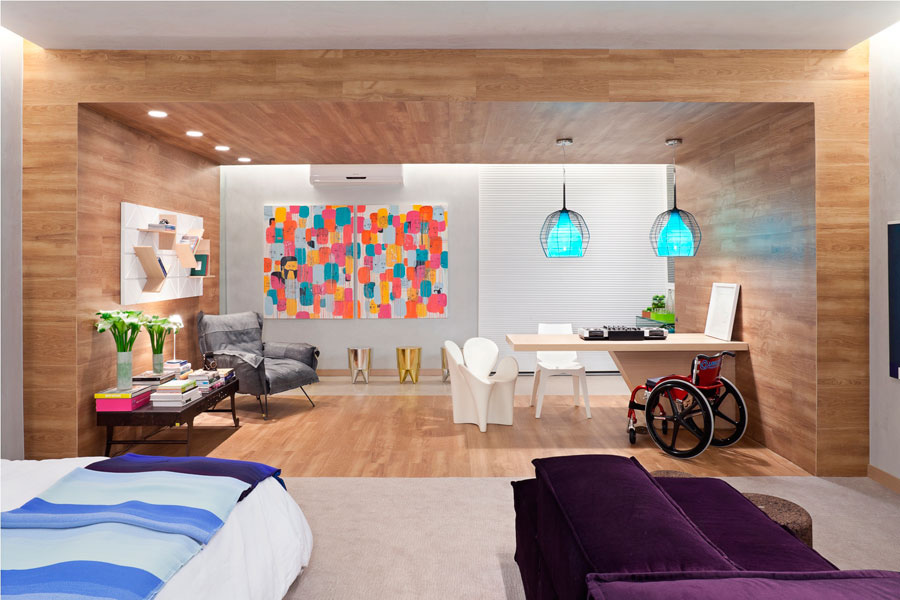Whether you or a loved one is confined to a wheelchair, even for just a short time, there are many things you can do to make your home more compatible to wheelchair users.
While some home modification measures are big projects that can be costly and time-consuming, there are many things you can do that won’t cost a lot – and can be implemented immediately. Better yet, these modifications are all temporary, so you can always go back to the way things were if you will only have a wheelchair in your home for a short amount of time.
1. Put up a Ramp
Installing a proper ramp, especially if you want it to be aesthetic, can take time and can be expensive – but simply propping up a simple, folding ramp is a quick and inexpensive solution that can really work. When purchasing a temporary ramp, be sure to purchase one that is specifically intended for wheelchairs and medical scooters to ensure that it can accommodate the weight and measurements of a standard or electric mobility device.
2. Improve Lighting
Home lighting is a vital part of keeping your home accessible for wheelchair users, and ensuring proper lighting doesn’t have to be expensive or time-consuming. Simply replace standard bulbs with LED lights, add floor lamps and table lamps to prevent falls and help wheelchair users navigate your home. Even just making sure to leave the entrance hall light on when you leave the house can make a big difference.
3. Keep Floors Clear
The doorways of your home may not all accommodate wheelchairs – but that is a more invasive project. What about your floors, though? Simply taking the time to keep your floors clear of obstacles will allow wheelchair users to navigate the parts of the house they can access. Keep plugs out of the way, put your slippers away, and clean up after the dog to ensure that wheelchair users can get around without frustration.
4. Furniture and Assistive Devices
Buying a simple table or working surface that is the right height for wheelchair users can make all the difference, especially in the kitchen where countertops tend to be too high for the average wheelchair user. When considering different tables, check that the underside is designed in a way that is wheelchair compatible, as well.
There are also many useful products and devices that can significantly improve a person’s independence and mobility, such as smart home technology devices that aren’t necessarily disability-specific, but have been found to be very useful for individuals with limited mobility.

